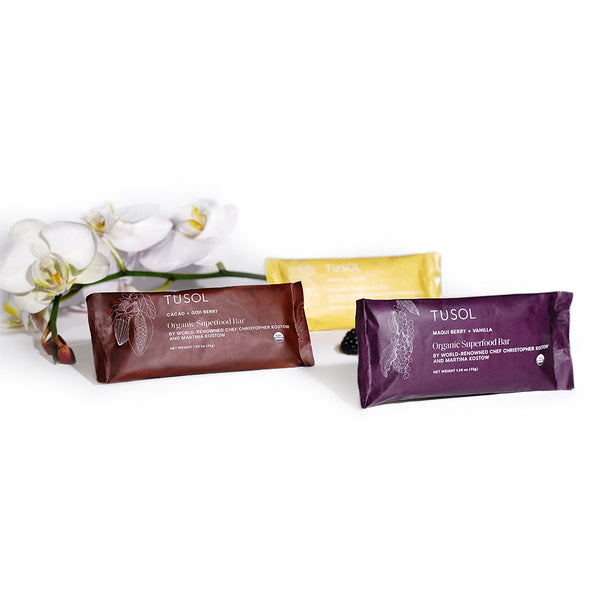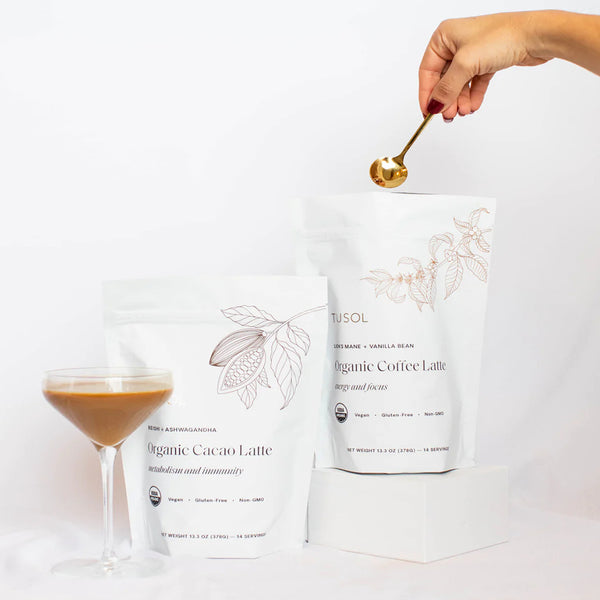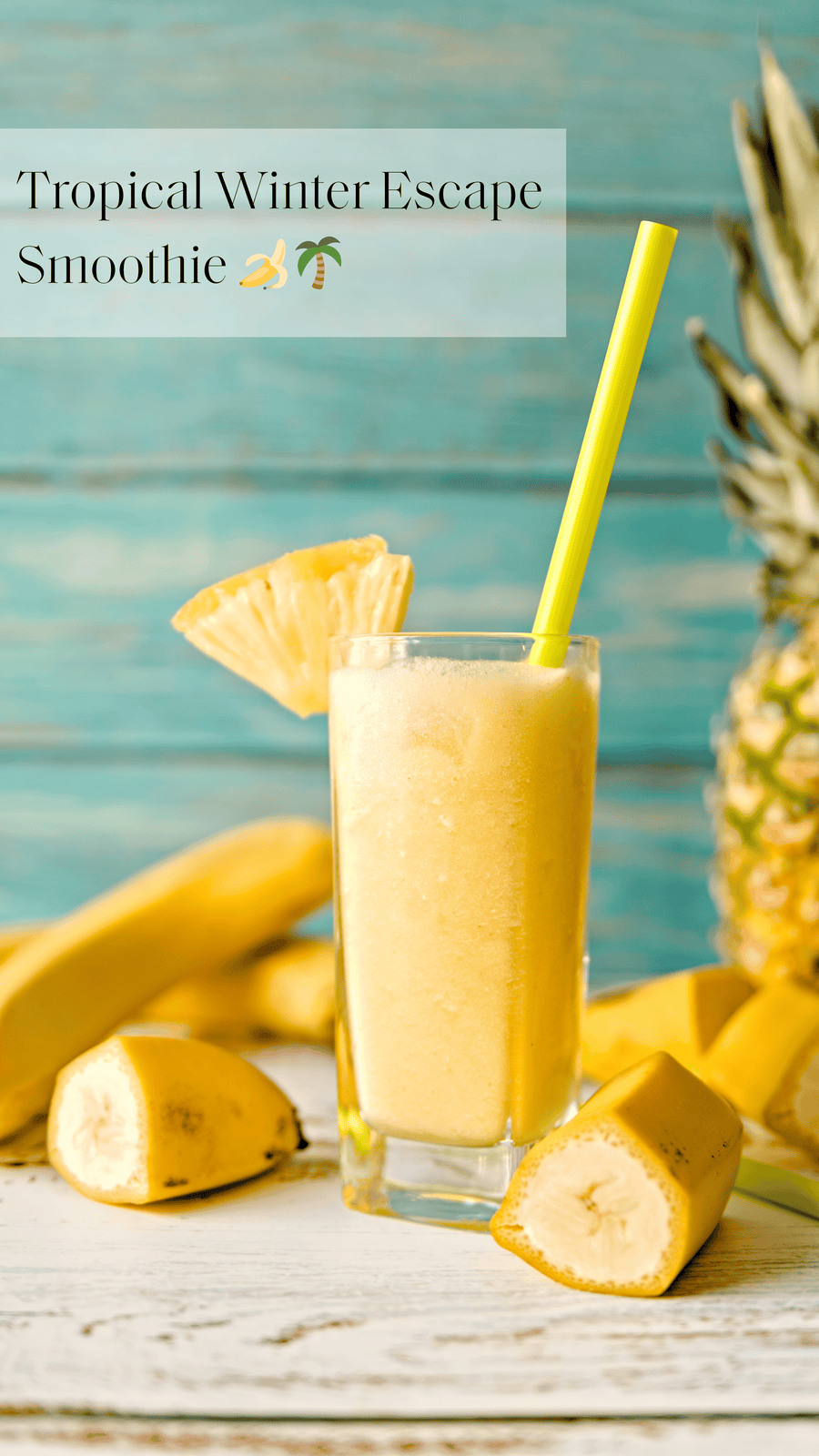Escape Your Food Routine
If you pause to think for a moment about all the food you’ve consumed in the past year, week, or even day – how diverse does your plate really look?
We tend to become accustomed to food routines because it’s easier to make that salad you like, or grab the same food from the same restaurant because it feels familiar. Even in supermarkets, we find the same food in the same aisles, and see the same fruits and vegetables time after time. But how does this food routine influence your gut bacteria?
The microbiome is a collection of bacteria in our intestines that influences everything from metabolism and immunity, to mood and behavior. It’s responsible for synthesizing select vitamins and hormones (like serotonin), and performs a whole range of fundamental tasks – some have yet to be discovered. Simply put, glowing health begins here.
We are an ecosystem
The statistics on gut bacteria are staggering. The average human carries about two pounds of gut bacteria or microbiome around at all times. We each have nearly 100 times more bacteria than cells in our bodies, with over 10,000 different species. We have more bacteria DNA than we have human DNA. Essentially, we are more bacteria than we are human; we’re all walking petri dishes.
Each different strain of bacteria has its own superpower. For example, akkermansia muciniphila, a strain of bacteria present in the bodies of healthy, naturally slender people has the ability to burn fat faster than any others. This bacterium requires an abundance of prebiotics, polyphenols, and a diet rich in healthy fats to thrive. If its host eliminates their intake of healthy fats, this strain will likely suffer.
More energy
If we didn’t delegate some of our vital functions to the microbiome, we would simply spend most of our energy and time digesting.
It takes quite a large amount of energy just to break a solid meal down into a semi-fluid liquid of partially digested food (called “chyme”) within the stomach.
That’s why, when it comes to nutrition, we want to eat the most nutrient-dense foods available. Rather than expending all of our energy digesting two cups of spinach, we can get the same amount of chlorophyll from one teaspoon of spirulina.
Often, we don’t have easy access to these nutrient-dense superfoods in their natural form (it’s hard to find the fresh seaweed version of spirulina in the nearest supermarket), but we can much more efficiently find these superfoods in powder form and conveniently incorporate them into our daily routines.
Rich in polyphenols
Polyphenols are micronutrients that exist in plant-based foods. Superfoods including spirulina, wheatgrass, and barley grass have extremely high concentrations of polyphenols, which are imperative to nutrient diversity. These polyphenol compounds are packed with antioxidants and offer an array of health benefits. They are shown to improve and help treat digestive issues, assist with weight management, and reduce the risk of diabetes, neurodegenerative disease, and cardiovascular disease
Common polyphenols in the diet are flavanols (cacao, tea, apples), flavanones (hesperidin in citrus fruit), and anthocyanins (berries).
Eat (and drink) the rainbow
A general rule of thumb in nutrition is that the more colors you eat, the better, because the colorful pigments in natural foods are abundant in polyphenols. For example, curcumin is a polyphenol that is high in antioxidants, and has an impressive track record for reducing inflammation. The orange pigment in the turmeric root is the main compound that makes it so magical. Thus, the importance of nutrient diversity and eating the rainbow becomes evident.
The gut microbiota plays a crucial role in the absorption of these polyphenols, and is also highly impacted by the foods we consume.
Akkermansia muciniphila, the healthy bacteria in a microbiome we discussed earlier, also requires an abundance of polyphenols and antioxidants to protect its specific strain. A recent study shows that a high polyphenol diet derived from black tea or red wine grape extract significantly promotes growth of Akkermansia muciniphila (Kemperman et al., 2013).
Prebiotics
Your microbiome loves to eat, and thrives on a diet rich in prebiotics. Prebiotics are a special type of soluble fiber utilized as fuel by your beneficial bacteria in your microbiome. However, not every fiber is a prebiotic.
There are two categories of dietary fiber: soluble fiber which is fermented by gut bacteria, and insoluble fiber which is unable to be fermented. Most prebiotics are types of soluble fiber which humans can’t digest, but rather are fermented by the gut bacteria. Within the gut, prebiotics stimulate the growth of good gut bacteria, and improve overall gut health.
So where are these prebiotics found? They’re prevalent in roots like yacon root and maca, fruits like apples, bananas, baobab, and cacao, and other potent botanicals including barley grass, flaxseeds, and spirulina!

Ginger Powder, Turmeric Powder, and Curcumin by TUSOL
Choose high quality powders
Since many of us don’t have easy access to healing superfoods in their natural form. For example take Africa’s native baobab which is an excellent source of fiber, vitamin C, antioxidants and prebiotics. We instead can incorporate them into our diets in powdered form. That said, it’s extremely important to know how these powders have been grown and processed before we consume them.
First, it’s essential that these ingredients are organically-grown, and freeze-dried or gently dried over low heat to ensure the vital nutrients and phytochemicals remain intact.
Second, it’s crucial to understand the extraction process to make sure that the powders haven’t been extracted with petroleum-based chemicals. Any time you see greater than a 10:1 extraction ratio in powders, run the other way and don’t look back! Not only does that mean that this powder was extracted with harsh chemicals, but they also tend to cost a lot more due to the perceived health benefits of more concentrated extractions.
Optimal absorption: Have a smoothie.
All things considered, we’re definitely big fans of drinking our breakfasts as meal replacement smoothies. If we were to attempt to eat all of the ingredients we put in our smoothies in their raw, whole form, it would require consuming a massive bowl of fibrous solids. And do you know why you get so tired after a big meal? It’s because your body uses up to 30% of your energy daily just to digest your food.
Blending is a form of pre-digestion; it helps break down hard-to-digest plant cell walls which are prominent in these botanical blends. Having potent superfoods in smoothie form allows the beneficial chemicals to penetrate your cells by investing less energy and effort, and allows you to recuperate with 16 times more energy.
What’s more? It’s ideal to have your smoothie in the morning so you are fully hydrated, and have the extra energy to start (and finish) your day and our TUSOL smoothie is just perfect!
Rise. Blend. Shine
Further Reading: This is What's In Your Favorite Yogurt And It Might Be Killing Your Gut






















